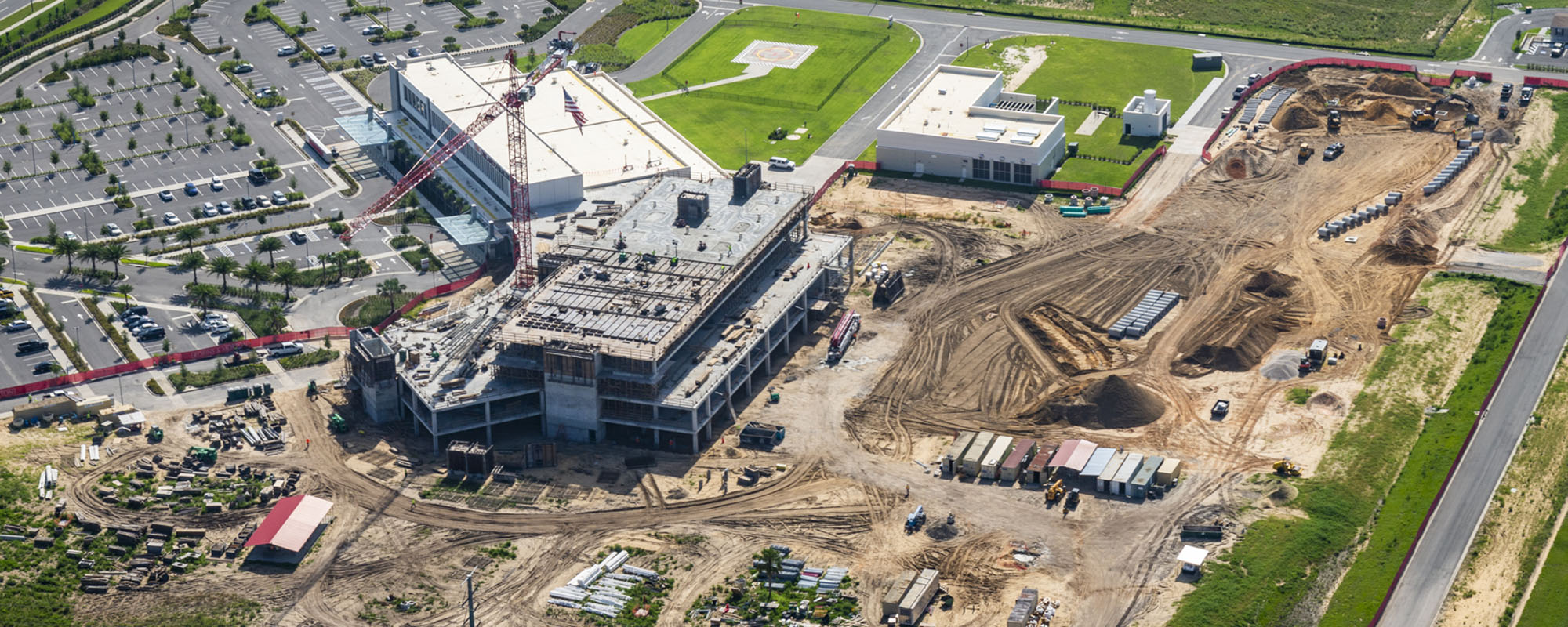 By Eric Groat, Robins & Morton San Antonio Office Leader and Operations Manager
By Eric Groat, Robins & Morton San Antonio Office Leader and Operations Manager
Construction, like any other industry, experiences transformational periods, often brought about by technology, innovative processes or changes in conventional thinking.
After observing the manufacturing industry’s success with Lean practice implementation, one such period has emerged as construction leaders are adapting those philosophies to address inefficiencies and improve project delivery. This has been a meaningful shift for the industry as we’re molding project delivery around this new approach, creating game-changing efficiencies in quality, budget and schedule, ultimately fostering a more collaborative, integrated culture on projects.
The past three months have forced changes upon almost every industry. As with other transitional moments, we are looking to leverage lessons learned. This is especially critical as companies need to make the most of their capital when they commit to construction projects. In the midst of this, we ask: What does the future of project delivery look like?
First, we believe that project delivery will require more front-end involvement from the holistic team – the owner, architect, construction managers, and trade contractors – than ever before. Businesses will take a more active role in collaborating with their design and construction teams, as well as onboarding each of them earlier in the project. Traditionally, cycles have followed a version of making the decision to build, hiring an architect and then hiring a construction manager. Once it was time for work to begin on a given element – sitework, framing, drywall, or another – the trade contractor would be brought onboard to complete the scope.
In the future, we believe it will become the norm for owners to hire architects and construction managers closer together, enabling construction managers to provide valuable constructability analyses at each stage of drawings, avoiding budgeting and schedule issues further into the project. Additionally, as the construction manager is onboarded early, they can also involve trade contractors in the design, allowing them to provide valuable input on their areas of expertise.
Second, in tandem with early intervention, we will begin to see a more strategic utilization of project delivery tactics and tools. Factors such as prefabrication and technology have the potential to reduce costs and increase speed-to-market. However, when they are used piecemeal, businesses cannot experience the full benefit. As we’re able to implement them from a project’s onset and as a part of a larger strategy, we will see boosts in productivity, cost savings, improved quality, enhanced safety and more proactive schedule management.
Although there are passionate discussions surrounding the most important and effective Lean tools for construction management, one that always tops the list is co-location. Co-location is the practice of teams sharing office space for the duration of the construction, improving speed of decision-making and clarity of communication. While technology has bridged distance when co-location is not possible, it cannot entirely replicate the benefits of physical collaboration.
We’ve started seeing glimpses of businesses recognizing the critical nature of co-located environments as well as wanting to better understand the dynamics of how a team will work together once a project begins. As a result, we expect more clients will co-locate project consultants during construction, as well as create new steps in the request for proposal process to assess the team health and dynamics prior to its award moving forward.
In a matter of a few months, the business environment has shifted. In this resetting economy, businesses will require both value-based and user-guided solutions to best utilize their construction project capital. Hiring a strong delivery team, onboarding them early, and infusing cost- and time-saving tactics as a part of the overall strategy are key components to success in this new dynamic. Amplifying those processes through co-location and a localized presence will further boost communication, benefiting team health and speed to market.
While these predictions are based on current trends, the most important consideration when embarking on a new project remains the same, no matter the circumstance: hiring a trusted construction partner. Establishing a reliable guide to assist in decision-making helps ensure a facility that will serve your businesses’ unique, long-term needs.
Eric Groat leads Robins & Morton’s San Antonio office, which opened in May 2020. Groat joined Robins & Morton in 2000 after graduating from Auburn University with his bachelor’s degree in Building Science. Over the last 20 years, he has skillfully managed complex projects in a variety of geographic and market sectors, with a specific emphasis in the state of Texas. His strategic vision and experience led to the firm’s decision in selecting Groat to lead the new office. In his role, Groat is responsible for procuring work in the South Texas market and overseeing existing project operations.

